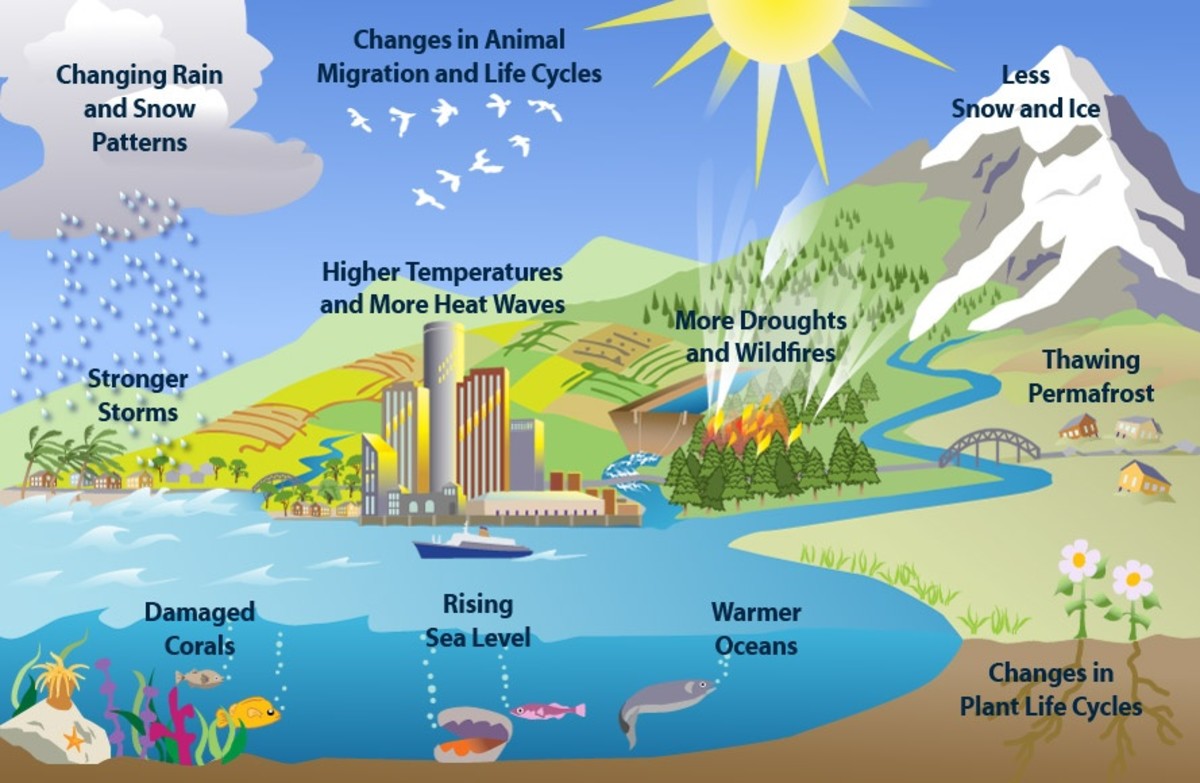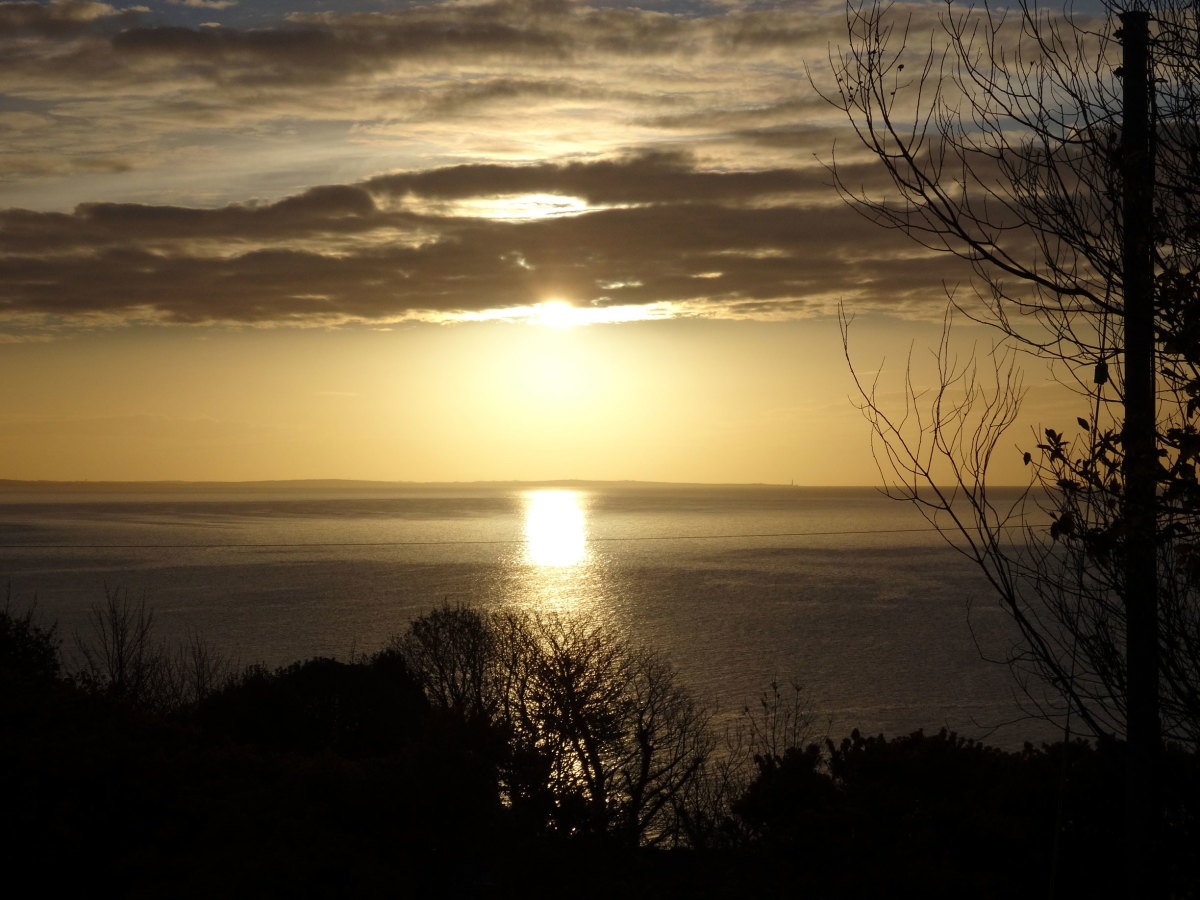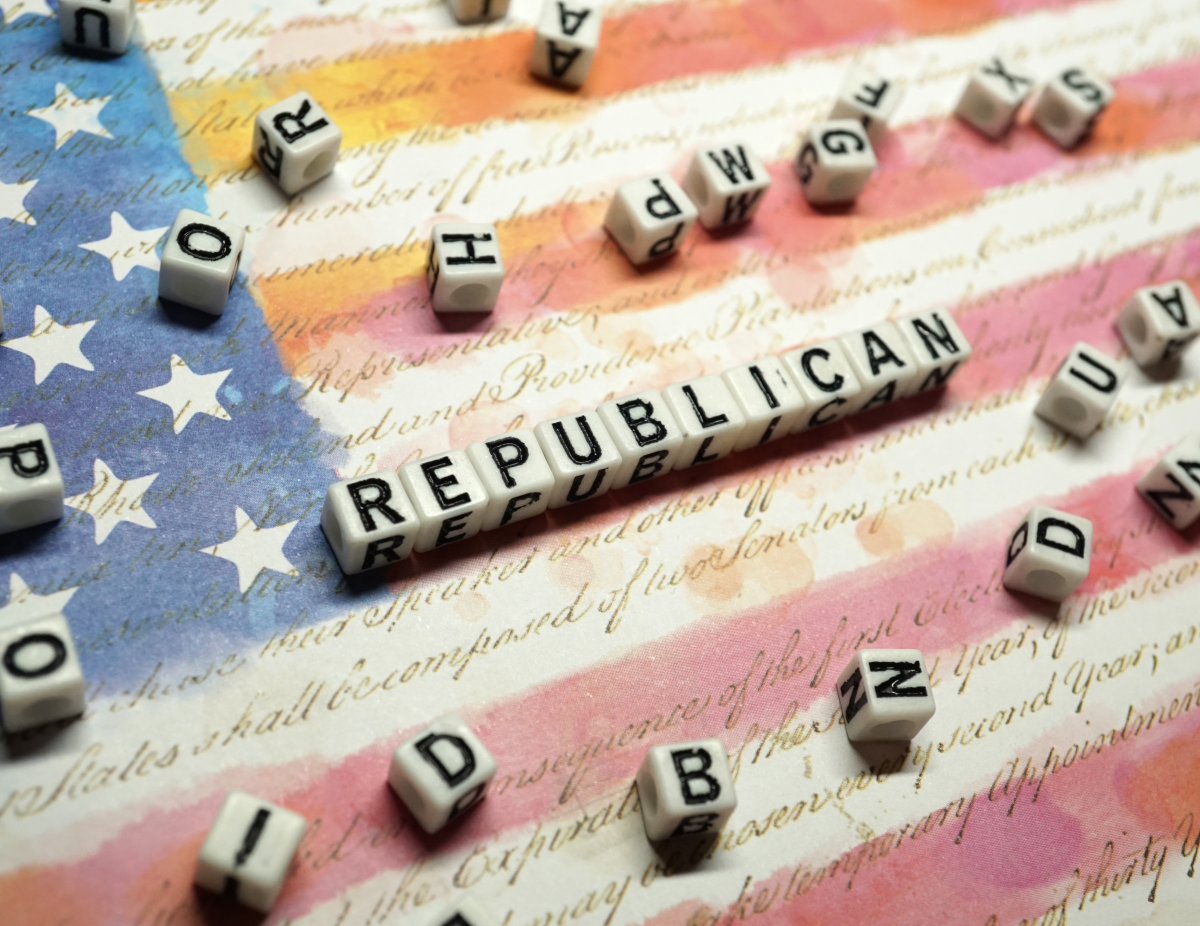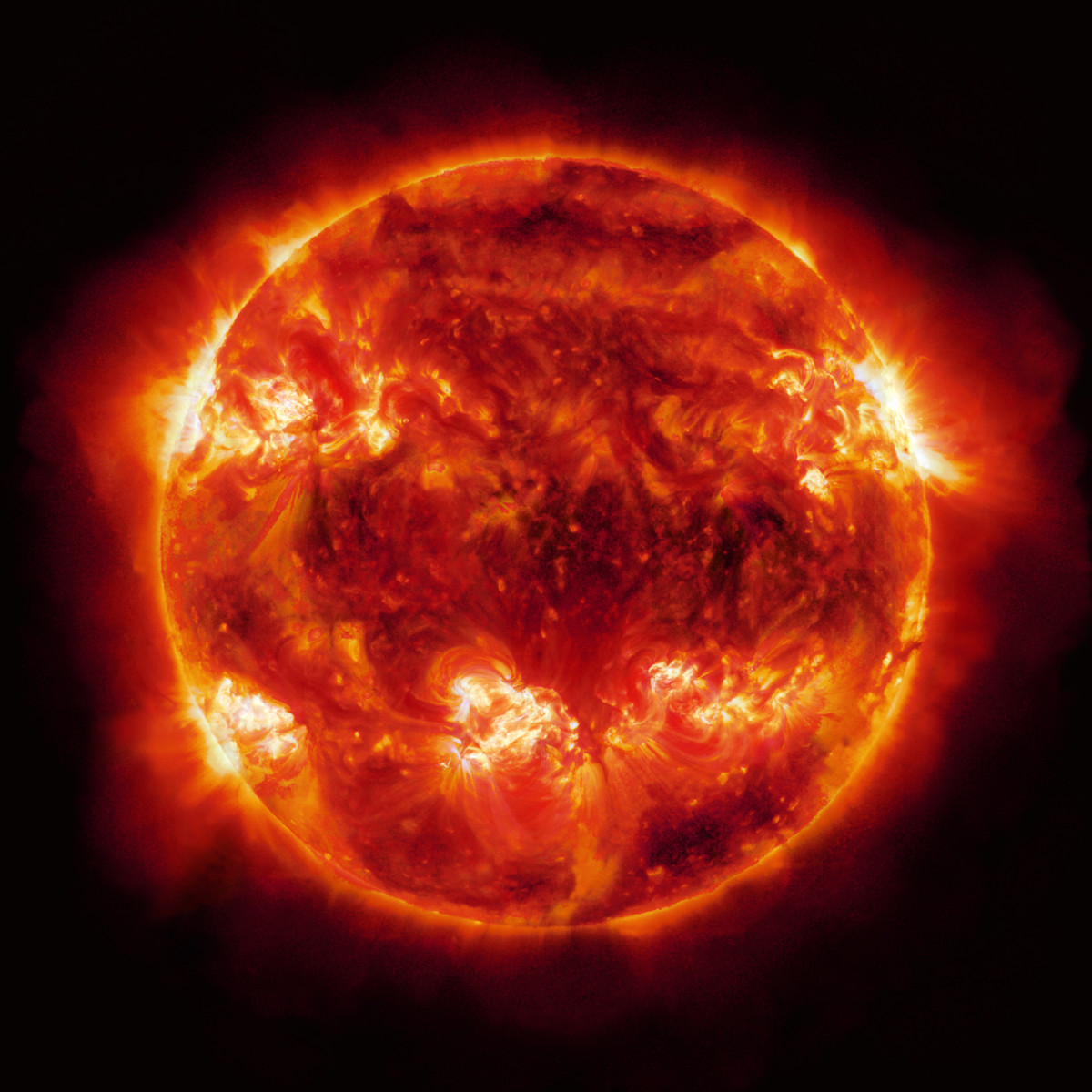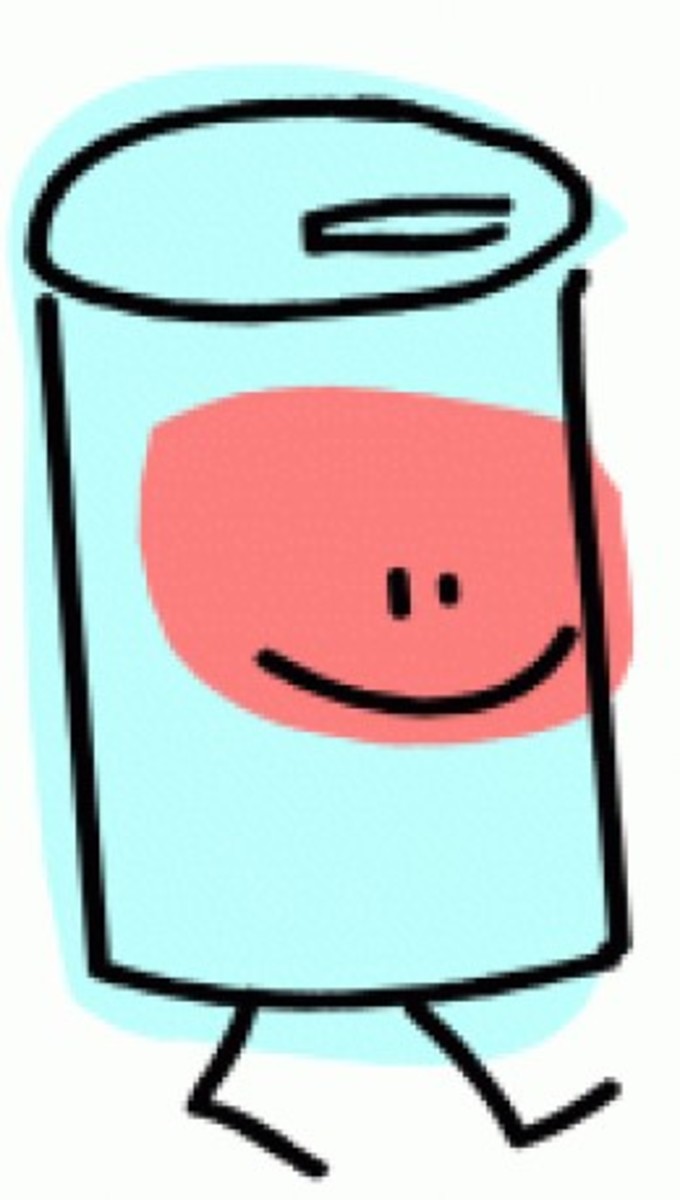Go Green in Time: Stop Climate Change & Clean Global Environment
Can We Go Green in Time?
Every few years, a bigger and bigger environmental crisis hits. It caused 400,000 deaths last year, and reduced the global economy by 1.6%. Add the poisoning of the global environment and our food chain, and the costs are much higher.
But we can turn things around in time!
Going Green: Everyone Counts
The problems that going Green is trying to solve are huge. This is the eighth article in my series of articles on Going Green. I've been careful to keep my perspective, to be neither frightening nor overly encouraging. But the facts themselves are overwhelming.
There is an acronym: MEGO: My Eyes Glazed Over. For Global Warming, I've invented a new one: MEGO-ALTA: My Eyes Glazed Over a Long Time Ago.
We face a challenge: If we don't see the whole problem, our solutions will be worse that useless, due to the Law of Unintended Consequences. But if we are overwhelmed by the whole problem, then we fall into fear, and we fail.
At the end of Go Green: Root Causes of Climate Change and Toxic Waste Problems, we saw that the root issues are spiritual. To solve problems created by all of civilization, we must reconnect with humanity in a new way. And to solve problems that affect the entire natural world, we must reconnect with nature in a new way.
We Begin by Ending Overwhelm
I've spoken of the danger of overwhelm, and that is the place to start. Our first job is to reconnect to nature and to our fellow men and women. Our first job is to open our hearts. This follows the path that both Albert Einstein and Mahatma Gandhi encouraged: First we change our hearts, then we become the change we want to see in the world.
So please, perhaps even before you read any further, celebrate life, nature, and your loved ones. But try not to burn any fossil fuels when you do it! Live simply, that others may simply live.
What We Can Do
A crucial part of our thinking can be recalled from the Serenity Prayer from Reinhold Neibuhr:
God, grant me the serenity to accept the things I cannot change,
The courage to change the things I can,
And the wisdom to know the difference.
The serenity prayer became a central tenet of Alcoholics Anonymous exactly because it prevents overwhelm in overwhelming situations.
Our Circle of Control
The serenity prayer calls forth the question, "What can I change?" The answer to this question lies in understanding our Circle of Control, that is, the things we can change directly through our own action. We can choose to turn off a light or reset our thermostats. We can organize all of our errands into one shopping trip. If we have enough money, we can buy a hybrid car.
We can maintain our serenity only by accepting our current limitations and working within our Circle of Control.
When the Fire is Out of Control
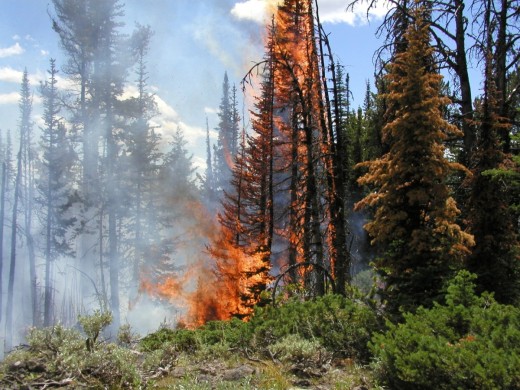
Is Working Within Our Circle of Control Enough?
Some would say that working within our Circle of Control is not enough. But many winners of the Nobel Peace Prize and other world leaders would disagree. Five people - Anwar Sadat, Menachem Begin, Aung Sahn Suu Kyi, Vaclav Havel, and Nelson Mandela - all did what they could do while they were in prison. They accepted their restricted circumstances and worked within their Circle of Control. They went on to become leaders of their countries, with much larger Circles of Control. And, in those leadership positions, they took actions that transformed the world and earned them the Nobel Peace Prize.
Paradoxically, accepting our limitations and working within them gives us the power to change the world.
Lost in the Circle of Concern
Most of us don't do all that we can do within our Circle of Control because we are lost in our Circle of Concern. In the terms of the Serenity Prayer, we have not yet received the wisdom to know the difference between what we can change (our Circle of Control) and what we cannot change (our Circle of Concern).
If that has happened to you, I understand. Please renew yourself by receiving the wonders of this joyful world: Eat a strawberry; watch a sunset. Return to yourself and to Mother Earth.
Our Circle of Influence
As we stay in our Circle of Control, we impress people. We look different. We are happy and relaxed when everyone else is harried and overwhelmed. Sooner or later, in a moment of openness or a moment of crisis, they say to us, "How do you do it?" And so our Circle of Influence begins to grow.
Some people rocket into the public spotlight and make a huge splash, but it is rare. Usually, long, steady work doing what we can do opens the door to greater influence. Gandhi, after all, spent much of his career as a peacemaker in prison. And the essence of his spiritual practice was to let go of the fruits of his actions.
That is, we simply do right, and leave the results to God or the Divine or this wonderful and beautiful World we live in.
If it's all we can do, it will have to be enough. And that brings us back to the man who started this series of articles: Henry David Thoreau.
Walden Pond
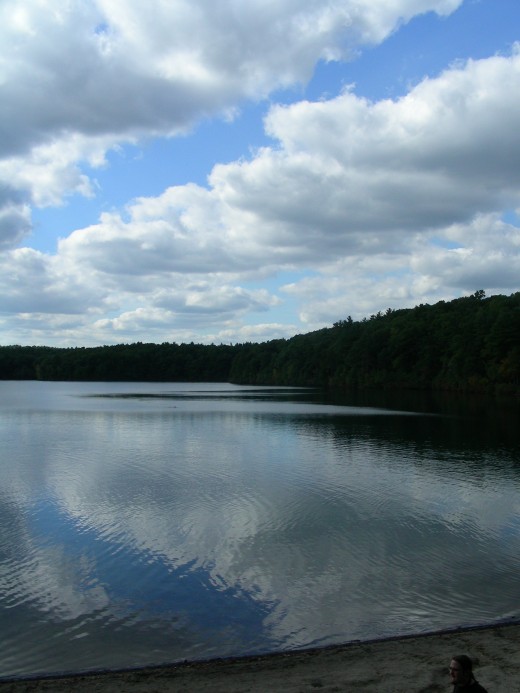
Thoreau: Living in Harmony, Creating the Future
Thoreau did what he could do. He lived by Walden Pond for a winter, and learned more than he did in four years at Harvard, and he wrote a small book about it. He refused to fight in an a war he thought was unjust, went to prison, and wrote a small book about it.
And then, at age 37, almost unknown to anyone, with a very small circle of friends, he died.
Yet, without Thoreau, no Preservation Movement; no Conservation Movement; no Ecology Movement; no Gandhi; no Martin Luther King, Jr., and no Civil Rights Movement. All of these take their inspiration, and Gandhi and King, a fundamental method of nonviolent action, from Thoreau.
The problems of global climate change and a toxic global environment will only be solved by millions of people worldwide working for lifetimes. But it started with one man who, apparently, made very little difference before he died.
Be one more man or woman like that. Be the change you want to see in the world. Respect nature and live in joyful harmony with her. Share what you do. Then you and I, like Thoreau, will be part of a much larger heart and life than we could ever imagine.
Not Enough?
It feels like what we can do won't be enough. And, factually there are many reasons to think that it can't be enough:
- Success requires action at the global levels, but all major initiatives there are being slowed bythe U.S. government.
- Success requires effective action at the national level steadily for decades. But environmental issues have never held center stage for an entire decade, not in the last 150 years. And every effort has been weakened by corporate interests.
- Many of the actual activities that must change are built into our habits, such as what light bulbs we use or how we set our thermostats. And people have been very slow to change. We called for national change during the oil crisis in 1973, but, collectively, we've gone more in the wrong direction than the right one since then.
- Many of the actual things that must change are embedded in our physical infrastructure. For example, we need to rebuild all of our coastal cities, and many inland ones, to prevent flooding. Instead, we've been neglecting basic infrastructure support - not to mention improvement - for decades. This was a big reason why a rather mild hurricane like Sandy created so much devastation.
- Many of the actions that must change are performed by gigantic corporations who are focused on quarterly profits and business competition.
With all these reasons why individual action doesn't matter, individual action matters more than ever. Why? Simply because, right now, individual action and small collective actions and advocacy are all that we can do.
Around 1800, most Americans who were against slavery could not foresee how slavery could possibly end. And yet it did in just 65 years. Women fought for the right to vote for over 100 years before they got it. Gandhi arrived back in India in the mid-1920s unknown and powerless. A decade later, he was leading a peaceful national movement for independence. Less than 25 years later, India was an independent nation, and the world's largest democracy.
So let's not worry about "not enough." Let's do what we can do.
Passenger Pigeons
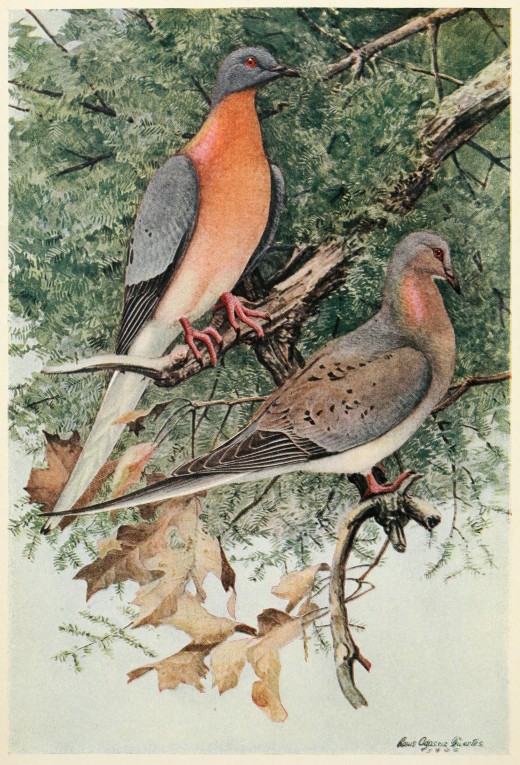
Can We Go Green in Time?
Can we go Green in time? That sounds like a sensible question. But it isn't. What does "in time" really mean?
In some ways, we're already too late. In some ways, we have a chance. And, in the long view, Mother Earth will certainly succeed.
We're Already too Late
We're already too late for the species that are already extinct, for:
- The Bali lion
- The eastern elk and Merriam's elk
- The stellers sea cow and the Japanese sea lion
- The passenger pigeon and the dodo bird
We're already too late for many people:
- Hundreds of thousands who have lost their lives directly due to global climate change.
- Millions who have died from cancer from environmental toxins
- Uncounted deaths from plague and pestilence
- Uncounted deaths from starvation due to environmental crises
We are already too late for many places:
- The rich soil of America's farmland, now mixed with toxic waste at the bottom of the Atlantic Ocean.
- Love Canal
- Chernobyl
- The hundreds of thousands of people evacuated from around the Fukushima Daiichi Nuclear Power Plant complex in 2011
We cannot hide our heads in the sand; denial and avoidance do not lead to change, they lead to confusion and fear, which keep us repeating the same old mistakes. For more on this, please read Go Green: Root Causes of Climate Change and Toxic Waste Problems.
We cannot hide, so we must grieve.
But we cannot just grieve. We must move through our grief and learn to live from our hearts. To learn how, please read Can Go Green Solve Global Warming and Toxic Pollution?
Grief comes from a broken heart. But a heart that is broken is broken open. When it heals, it becomes an open heart. Let us live with hearts open to our beautiful world, and all our brothers and sisters, two-legged, four-legged, and winged.
Thus we grow wings.
Will We Lose the Ice at the North Pole?
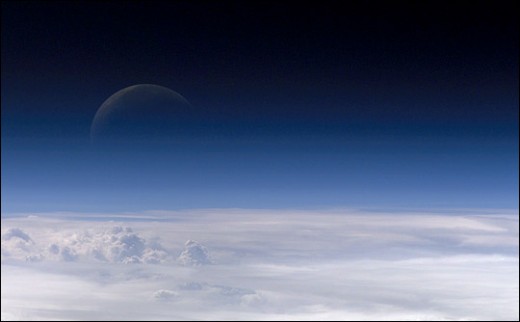
Some Things Will Never Come Back
Another source of grief and fear is the fact that some things will never come back. The soil lost in the Dust Bowl built up over centuries, and was gone in under a decade. And there is no way to bring it back.
When something won't come back, we'd better learn its lesson, and protect similar items. We should take care of the topsoil of India, learning from the Dust Bowl. India's vast rice fields feed its 1.2 billion people. Until 60 years ago, they were farmed in a sustainable way, building topsoil over two yards deep. But in the 1960s, the United States government encouraged India to adopt the same farming practices that created the Dust Bowl. If India doesn't change back to sustainable farming, then, in a few decades, the fertility of the land will be lost forever, and we will see famine beyond anything the world has ever seen.
Clean oceans will never come back, or, at least, we don't know how they will and can't imagine when. Mercury from manufacturing is spread through all the world's oceans. The BP oil spill continues to leak, even now, and dolphins, fish, and marine life are dying off rapidly.
When it comes to Global Warming, we don't know what will come back. Even if we can reduce the total amount of carbon dioxide in the atmosphere, we don't know if the ice cap on the North Pole will stop melting away.
What Might Happen?
What happens if, in a really big way, we do not change in time?
No one can be sure, but these possibilities seem likely:
- Massive die-offs of the human population
- A lot of chaos
- A crisis with many elements
- The collapse of technological civilization
Massive Die-Offs of the Human Population
Let's say predictions are accurate, and 100 million people will have died due to Global Warming by 2030. What does that mean? Well, right now, about 134 million people are born every year, and that number is expected to remain constant for a while. 56 million die every year, That means that, right now, about 1% of deaths each year are due to climate change. And that will increase every year. And there is no way to estimate how many people who die of cancer and other illnesses are actually dying of environmental poisoning. The human population of Earth has been growing since the great famine and Black Death of 1350. but it is growing more slowly now than it was at its peak in 1963.
Major outbreaks of disease - large epidemics called pandemics - have, at times, taken hundreds of thousands of lives or more. The 1918 worldwide flu pandemic was huge, leaving 75 million dead. AIDS has already taken 25 million people worldwide. Some believe that 95% of the Native American population died off due to smallpox, measles, and influenza, diseases imported from Europe.
Most predictions see the world population going perhaps as high as 10.5 billion by 2050, then leveling off, or possibly declining. But those predictions do not take into consideration the possibility of a really major crisis.
A Lot of Chaos: Civil Unrest and Collapse of Civil Government
The 20th century saw many totalitarian regimes that killed 10 million or more people: Nazi Germany, Stalinist Russia, and Communist China. Other mass exterminations, such as the Khmer Rouge in Cambodia, were smaller, but often more severe, as they occurred in smaller nations. And others, such as the death and loss of culture of native tribes in North America, happen by slow attrition over decades.
Those were cases of government gone mad. Governments that are supposedly sane often kill civilians by the hundreds of thousands, as the United States has done in wars in Iraq and Afghanistan in the last two decades.
Even worse, though, is what will happen when governments and the infrastructures they support - civil government, transportation, agriculture - collapse.
A Crisis With Many Elements
But a crisis is likely. As we discussed in Global Warming and Toxic Waste: Issues and History of Go Green, environmental problems interact and multiply in negative synergy.
At Fukushima, we've already seen what happens when a tsunami meets a nuclear power plant. Japanese culture has lived with earthquakes and tsunamis for centuries. But add toxic nuclear spills, and living becomes a major challenge.
In New Orleans, we've seen what happens when government mis-management meets a hurricane. The levees were supposed to be built to withstand a Category V hurricane, stronger than Katrina. But parts of the levee were weak. Funds were acquired to fix the problem, and then transferred overseas to fight the second Gulf War. Many similar things happened during Hurricane Sandy in 2012, but it is much harder to measure, as the issue is not a single choice, but the slow decay of infrastructure through lack of maintenance and public improvements over decades.
Larger and larger crises are looming, and we have fewer and fewer resources to deal with them. What happens when these factors collide?
- The number of undernourished people in the world is increasing, and is now topping 1 billion.
- The amount of energy it takes to create food is increasing rapidly due to ecological imbalance and climate change.
- The energy it takes to transport food and emergency relief is getting more expensive.
- For the first time in the modern world, places that used to have central government, such as Somalia, have fallen into lasting political chaos.
- For the first time in the modern world, a First World nation, Russia, has actually seen a decline in population.
- As we saw at Fukushima, a natural disaster can create major leaks at the safest nuclear facilities in the world.
- For the first time in the modern world, civilized nations such as Greece are going bankrupt.
- More automatic weapons and small missiles are falling into the hands of rebel factions, terrorists, and non-governmental groups.
- So far, weapons of mass destruction (nuclear, chemical, or biological) have not reached terrorists, but they could.
- Mass toxic poisoning can occur when toxic waste or nuclear waste leaks into groundwater.
- Pandemics that take tens or hundreds of millions of lives do occur, and they are more likely to occur when people are already under-nourished or weakened by toxins.
- When pandemics and mass environmental destruction occur, it leads to mass migrations.
When these factors collide, a single catastrophe could cost 100 million lives. If that happens, then, for the first time since the Black Death in 1350, the human population on earth will decrease. But what would happen to civilization?
The Collapse of Technological Civilization
100 million deaths would not bring about the collapse of technological civilization. Some governments would probably fall. Freedoms would be reduced. And possibly, civil chaos and the absence of effective government would rule parts of the world for decades.
But what if such die-offs kept happening, and keep triggering mass migrations? At some point, nations must close their borders to protect themselves. There will be great struggles between people trying to survive and governments struggling to survive, probably with more and more totalitarian controls. Problems this vast could lead to a collapse of trade.
And trade in natural resources such as key minerals and oil keeps our technological civilization rolling. Most of Americas microcomputers and iPhones could not exist without rare earth metals strip-mined in China, which will be teetering on the edge of environmental crisis for the next 100 years.
Our worst case scenario is this: Technological civilization itself collapses as a result of the accumulated errors we've been making for a couple of hundred years.
What Will Happen to Humanity?
Some people have an ideal vision of the human population of Earth stabilizing between 8 and 10 billion people and humanity becoming sane in relation to nature and civilized with one another. High technology will feed everyone, but sane policies will lower the birth rate and prevent another population explosion.
If planet Earth can maintain a steady population of 8 to 10 billion people, then this is possible. It means a level of global cooperation unlike anything we've ever seen, but it's possible.
But can Earth sustain so many people?
The Carrying Capacity of Planet Earth
No one knows how many people can live on Earth without cycles of mass die-offs of people. That number, by the way, is called the sustainable carrying capacity of planet Earth. And that carrying capacity changes depending on our collective behavior.
Green intentions, Green technology, and Green action can do two things:
- Prevent expensive, destructive, deadly crises
- Increase the stable carrying capacity of Planet Earth
Preventing expensive, destructive, deadly crises
Preventing a crisis is consistently 100 or more times less costly than cleaning up after one. The costs of building strong levees in New Orleans would have been far less than the cost of rebuilding the city after the flood, not even counting the loss of life. And the cost of building Fukushima so that it would not leak in a major earthquake and tsunami would have been far less than the cost of the cleanup in coming decades.
I do not say this to cast blame or to look backward.
I say it to encourage us to take courage, learn our lessons, and start doing better. We can make policy decisions and take practical actions to prevent most of crises that are on their way.
Or, rather, we know how to. Right now, we can't do it, because humanity is not yet cohesive, coherent, and connected enough to do it. If we listen to nature, and learn wisdom from our mistakes, we will grow to do things differently.
Increase the Stable Carrying Capacity of Planet Earth
Right now, we are reducing the carrying capacity of our Earth all too rapidly. If we learn to live and farm without toxic substances; if we learn to produce energy while reducing global carbon dioxide, Earth will become more robust, that is, more capable of sustaining more life, including human life.
Going Green can do more than stem the tide. It can turn things around. But how much? No one knows. If we are already above the sustainable carrying capacity of the Earth, then massive die-offs must occur. But, whether we are, or not, we minimize the pain by going Green.
We can turn things around, in theory. In our minds. Let's move that vision from our minds to our hearts, and from our hearts to our hands and voices.
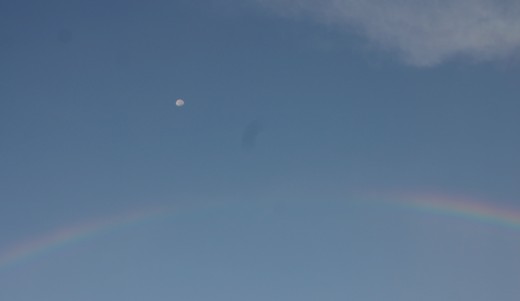
Growing Greener and Greener
In closing, there are three things to be said:
- Ultimately, we win, along with mother Earth
- We can grow in this together
- Green grows in each of us
Ultimately, We Win, Along With Mother Earth
Even if civilization collapses, the Earth will recover. And humanity will not go extinct. Eventually, human beings will live on Mother Earth in harmony with her and with each other. The ecosphere has survived the meteor strike that destroyed the dinosaurs; she will survive humanity, even though we are making a much bigger mess.
The only question is how soon we will learn to live in harmony, and how much pain we must experience before we do.
We can grow in this together
Right now, large-scale, long-term collective action is something humanity simply has not figured out how to do. And, when we have come close, it's been for greed or war, or at best for rebuilding after destruction, rather than preventing destruction and building a healthy society.
But that's a matter of choice. May our individual choices grow into collective harmony. Let's work to have our collective, healthy actions last as long as the 100 years war, and longer. Let's work to make them more inclusive than World War II!
Green Grows in Each of Us
We change one heart at a time. We change one habit at a time. But, through some unknown alchemy, one person can become a Socrates, a Thoreau, an Aung San Suu Kyi, a Princess Di, or a Mother Theresa. Then one heart inspires the hearts of millions to flower.
Maybe that one person will be me. Maybe it will be you.


